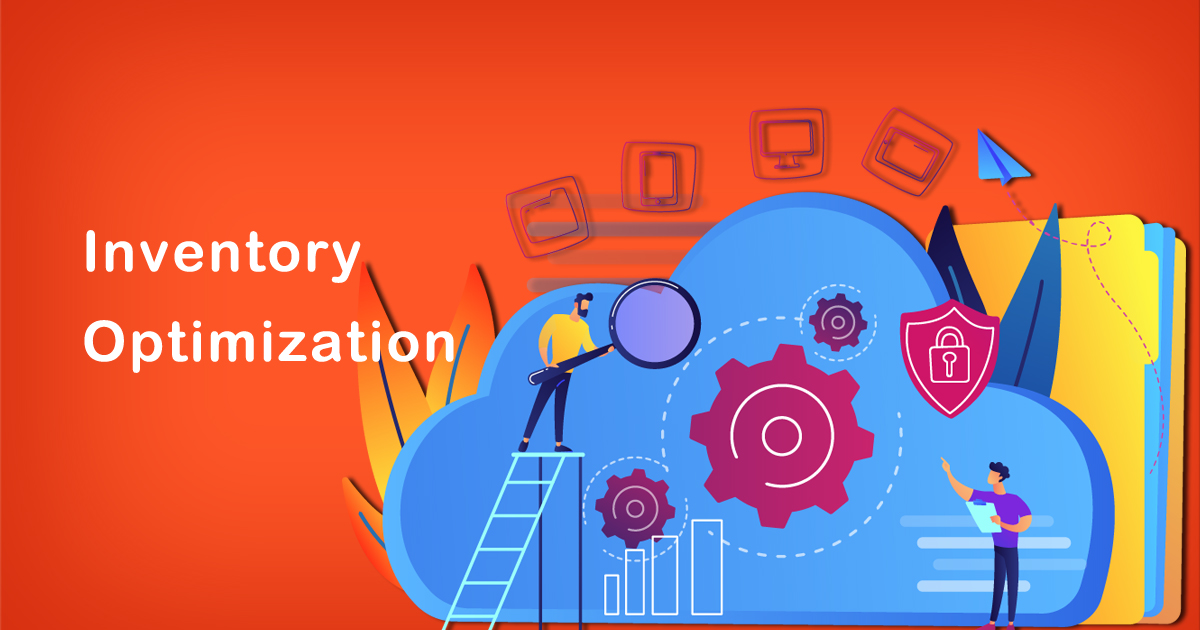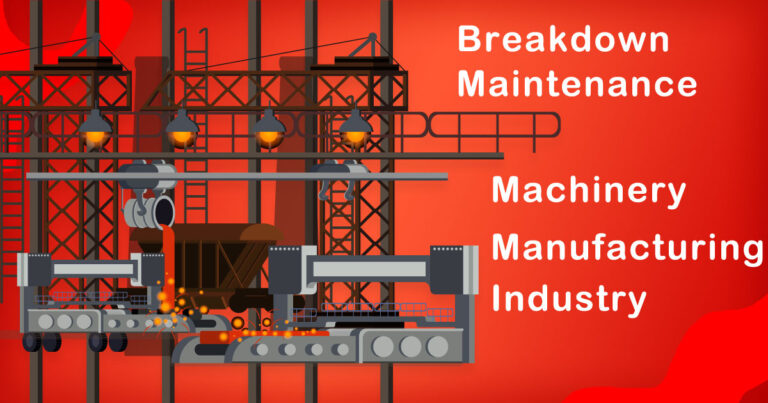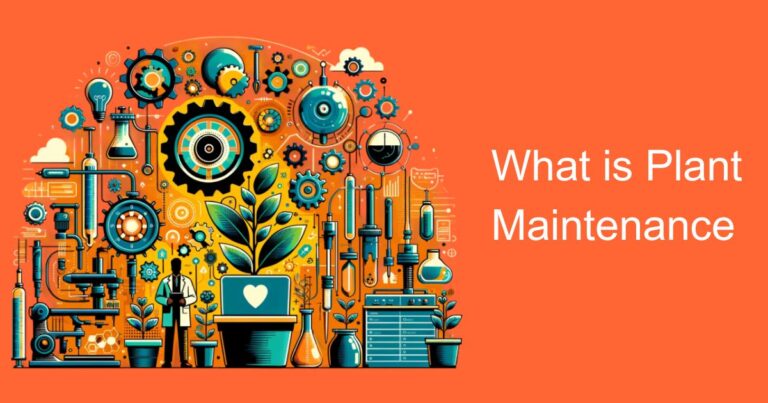Introduction
Maintenance plays a critical role in the longevity of equipment and infrastructure. However, maintenance costs can quickly add up if inventory is not managed effectively. Inventory optimization can help reduce maintenance costs and increase efficiency. In this article, we’ll explore how to improve maintenance efficiency through inventory optimization.
1. Conduct an Inventory Audit
The first step to inventory optimization is to conduct an inventory audit. This will help you identify what items you have in stock and determine what items are critical to your operation. An inventory audit will help you identify which items are frequently used and which items are not. This information will help you determine what items you need to keep in stock and what items you can reduce or eliminate.
2. Categorize Inventory
Once you have conducted an inventory audit, you can categorize your inventory. Categorizing inventory will help you organize your stock and identify which items are critical to your operation. Categories may include items such as “critical,” “high usage,” “low usage,” and “obsolete.” This will help you prioritize which items to keep in stock and which items to reduce or eliminate.
3. Set Reorder Points
Setting reorder points is an essential part of inventory optimization. Reorder points are the minimum quantity of an item that should be in stock before reordering. Reorder points help ensure that you always have the necessary inventory to complete maintenance tasks. Setting reorder points for each item in your inventory will help you maintain stock levels and prevent stockouts.
4. Implement a Maintenance Management System
Implementing a maintenance management system can help streamline your maintenance process and improve efficiency. A maintenance management system can track inventory levels, set reorder points, and manage maintenance tasks. A maintenance management system can also help automate processes, such as reordering inventory, reducing manual errors and improving efficiency.
5. Consider Just-In-Time Inventory
Just-in-time (JIT) inventory is a system that focuses on delivering the right amount of inventory at the right time. JIT inventory can help reduce excess inventory and improve efficiency. With JIT inventory, inventory is only ordered when needed, reducing storage costs and waste. This system can help improve maintenance efficiency by reducing the time spent managing inventory and ensuring that inventory is always available when needed.
6. Use Data to Optimize Inventory
Data can be a valuable tool in inventory optimization. Analyzing data can help you identify trends and patterns in inventory usage, allowing you to optimize inventory levels. Data analysis can also help you identify inefficiencies in your maintenance process, allowing you to make improvements and increase efficiency.
Conclusion
In conclusion, inventory optimization is an essential part of improving maintenance efficiency. By conducting an inventory audit, categorizing inventory, setting reorder points, implementing a maintenance management system, considering JIT inventory, and using data to optimize inventory, you can reduce maintenance costs, increase efficiency, and ensure that inventory is always available when needed.








